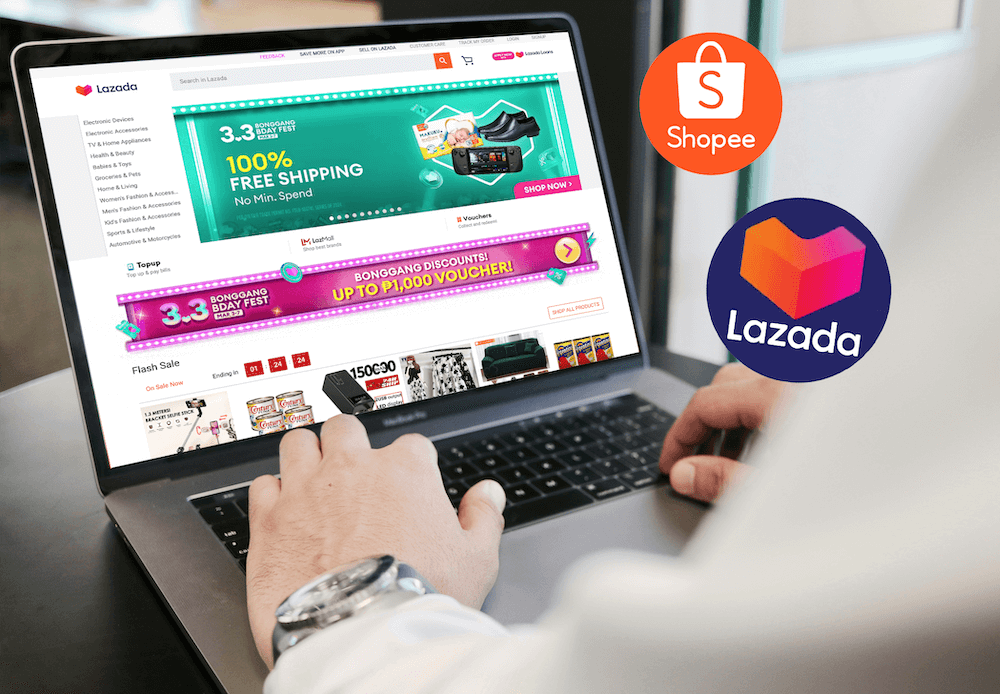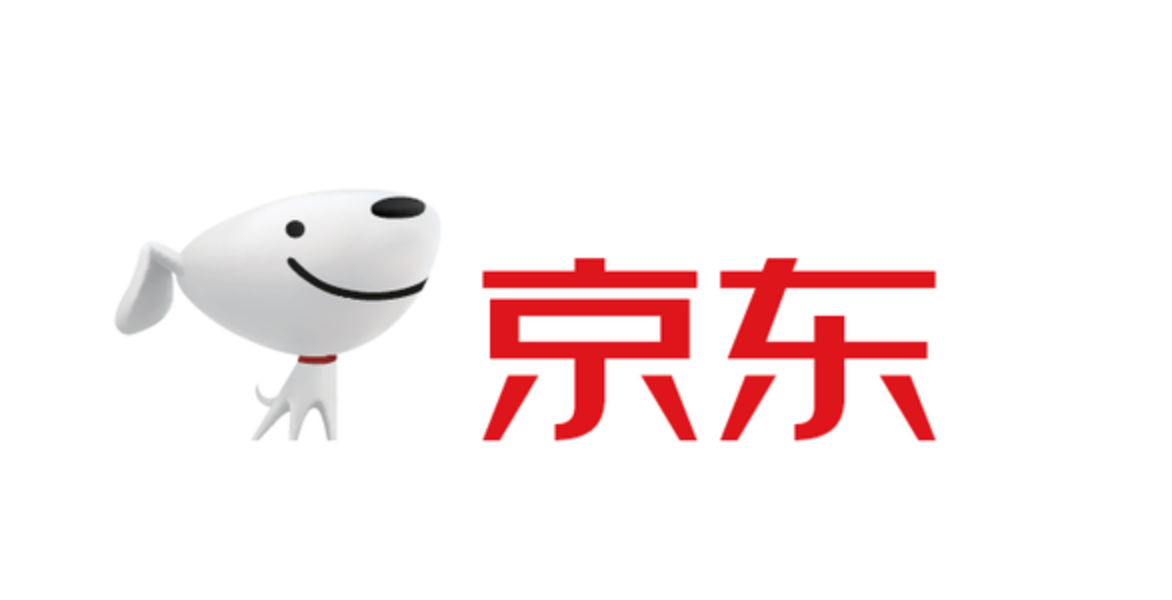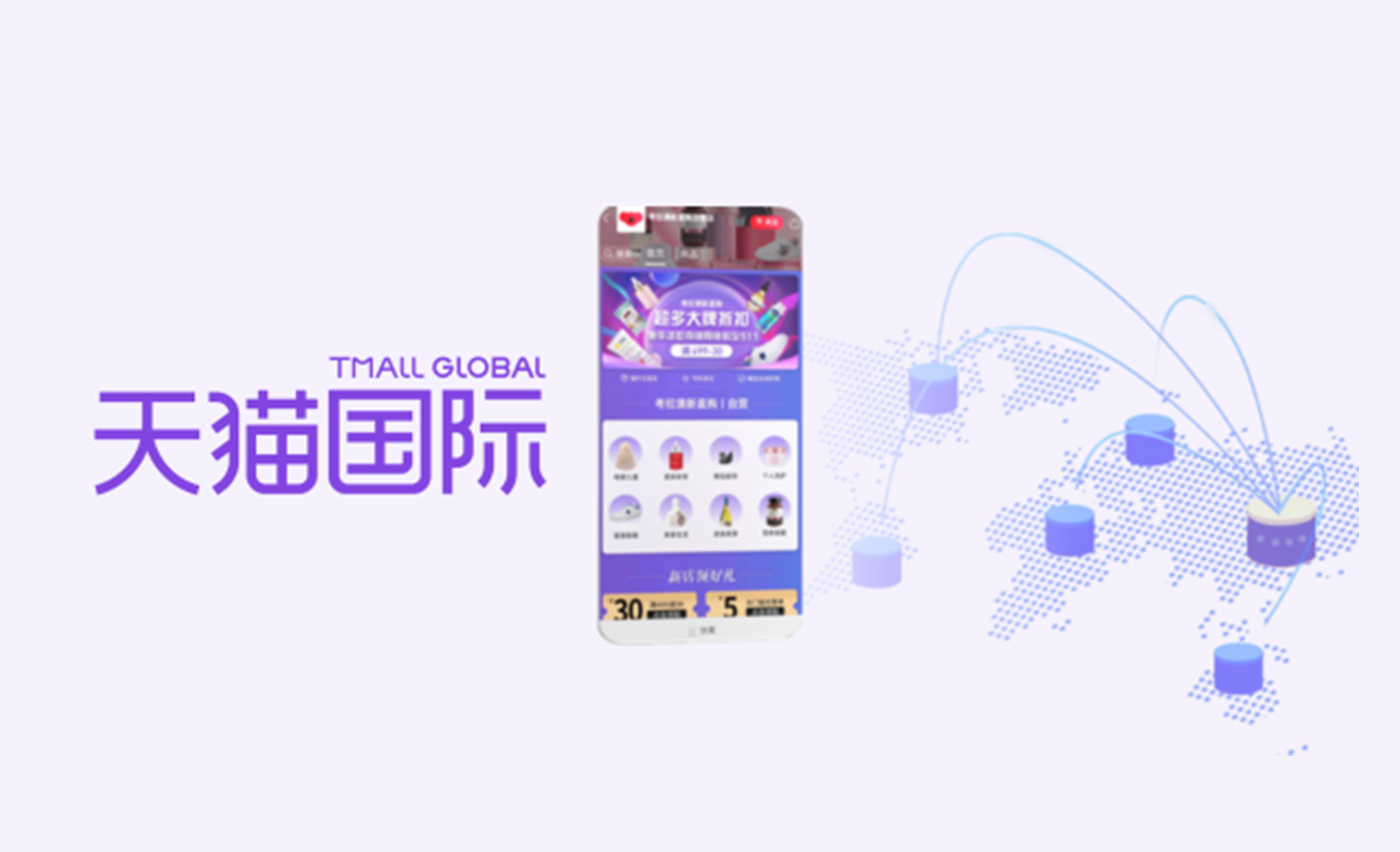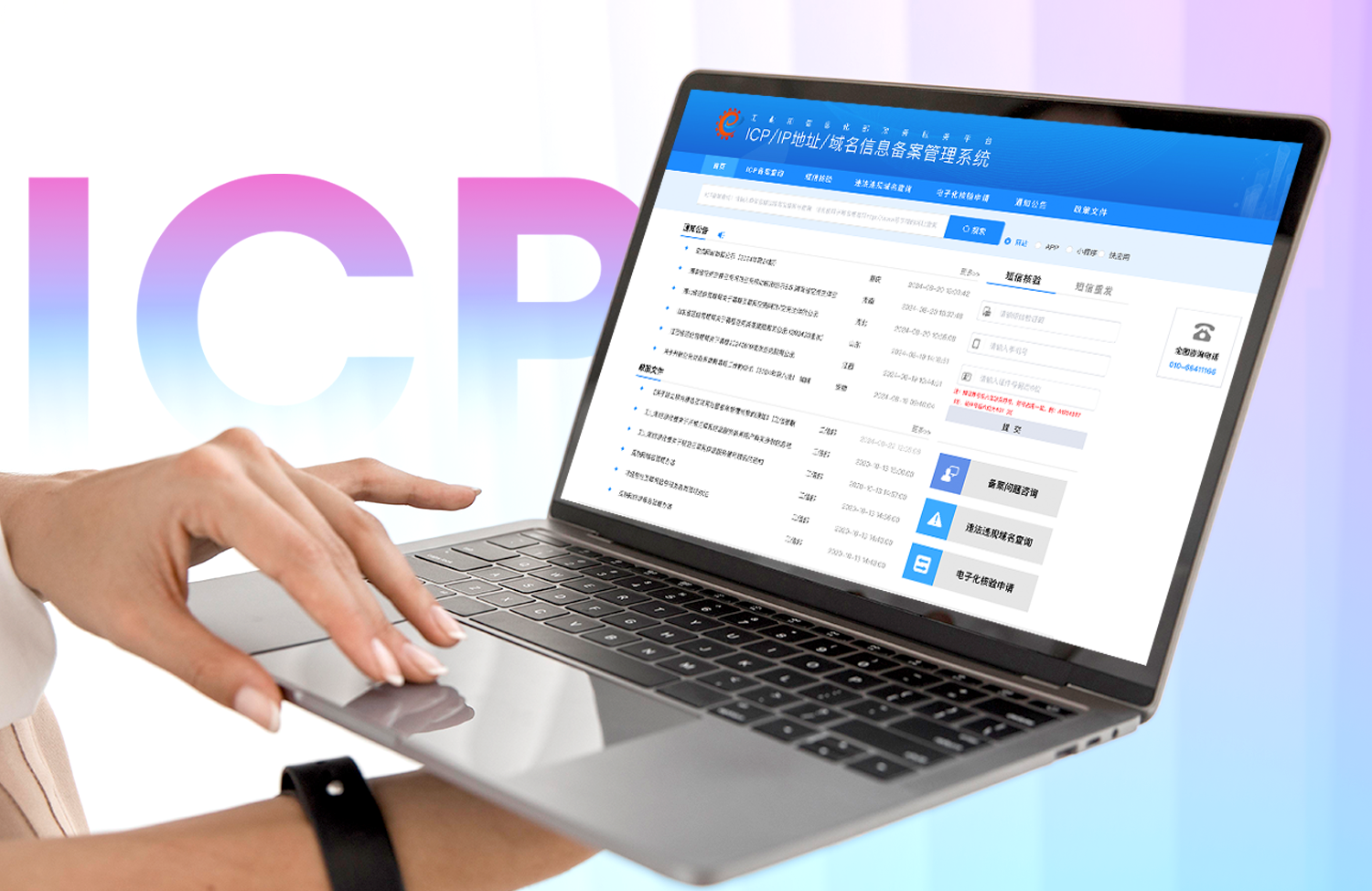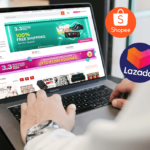Cross-border eCommerce in China continues to be a booming market in 2024, with rapid growth driven by increasing consumer demand for international products. For foreign brands looking to enter China, understanding the two primary logistics models—Bonded Warehouse and Direct Mailing—is essential for success. In this article, we’ll break down each model's key differences, benefits, and drawbacks, helping you choose the best solution for your business.
TMO specializes in China CBEC Solutions to help foreign brands establish a legal presence and develop winning go-to-market strategies.
China CBEC Logistics: Process Overview
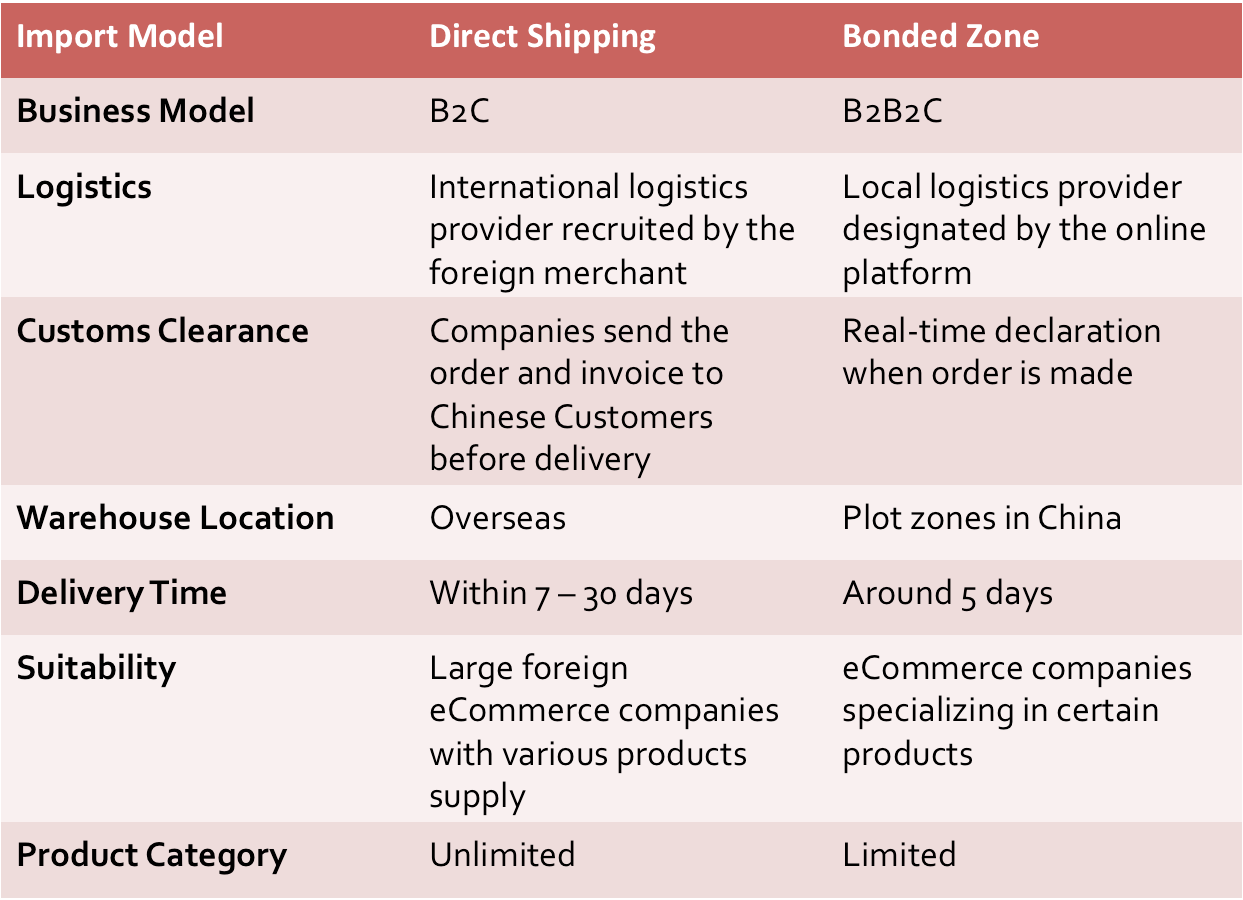
Bonded Warehousing Model
The Bonded Warehousing model—also known as the Bonded Zone model—has become increasingly popular among businesses looking to store bulk goods in China without immediate duty payments. This model allows merchants to store products in Chinese free trade zones (FTZs), which remain duty-free until consumers purchase them.
For a deeper dive into bonded warehousing, check out our related blog: Bonded Warehousing: A Solution for Cross-border eCommerce in ChinaSelling in China through Bonded Warehousing is a cost-effective approach to CBEC in 2024. Here's everything you need to know about this model.Bonded Warehousing: A Solution for Cross-border eCommerce in China.
Used by: Tmall Global, Kaola (Netease), JD.com, Fengqu (SF Express), Ymatou.com, Suning.com
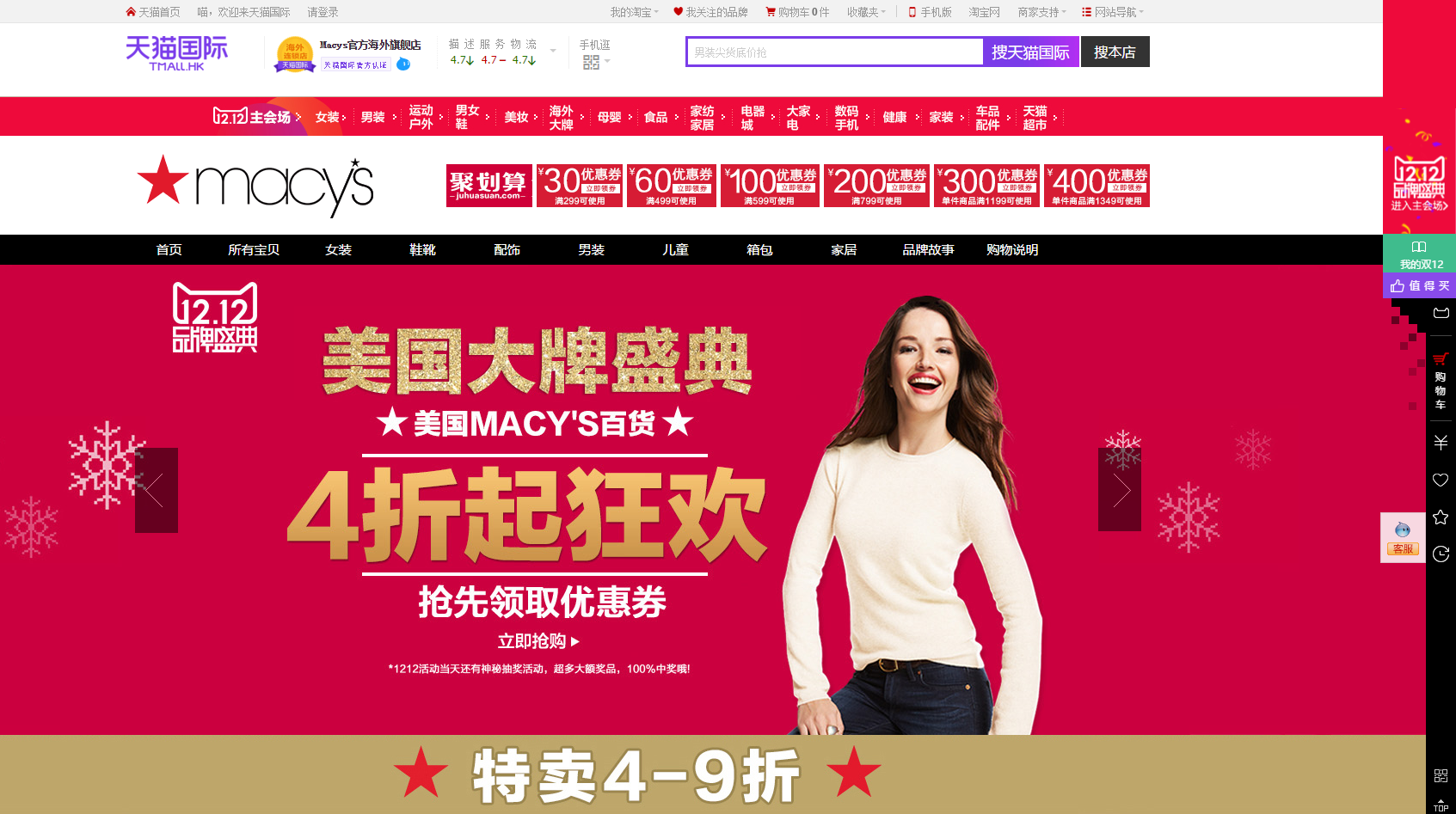
Benefits of the Bonded Zone Model:
- Faster Delivery: Since goods are already stored in China’s bonded zones, customers receive their orders faster than with direct shipping.
- Lower Shipping Costs: Bulk imports help reduce per-unit shipping costs, benefitting both merchants and consumers.
- Simplified Returns: Returns are handled within China, speeding up the process and improving customer satisfaction.
- Flexible Duties: Commodities entering the zone are not subject to duty and customs clearance and are otherwise paid only when goods leave the bonded warehouse, allowing businesses to manage cash flow better.
Many top Chinese eCommerce platforms, such as Tmall Global and JD Worldwide, rely heavily on the Bonded Zone Model. Read more about How to Sell in China Online with Tmall Global Cross-Border (2025)Tmall Global is one of the central channels to enter Cross Border eCommerce in China. Here are the main things you need to know to start.how to sell in China with Tmall Global or explore An Alternative to Tmall: How to Sell on JD.com (2025 Update)Entry guide for Jingdong, one of China's largest online third-party marketplaces—overview, store types, requirements, process, and fees.an alternative to Tmall: How to sell on JD.com.
Challenges of the Bonded Zone Model:
- Higher Initial Investment: Registering and renting a warehouse in a bonded zone requires a significant upfront investment.
- Exchange Rate Fluctuations: As products are imported in bulk, exchange rate changes can impact profit margins. You need to consider how you will protect yourself against changes in the exchange rate since even a tiny variation in the rate could cost your business thousands.
- Product Limitations: Goods stored in bonded zones must meet China’s regulatory standards, and some categories may be restricted by the country’s “negative list”
- Overstocking Risk: Retailers should accurately estimate the quantity of products sent to China that can be sold within a given period, since holding excessive inventory can hurt cash flows and increase storage costs.
Direct Shipping Model
The Direct Shipping Model, on the other hand, allows foreign brands to ship products directly from their home country to Chinese consumers. This model is particularly attractive for brands that want to avoid high upfront costs.
Used by: Amazon China, hai360, iherb, 6PM, GiltGroupe
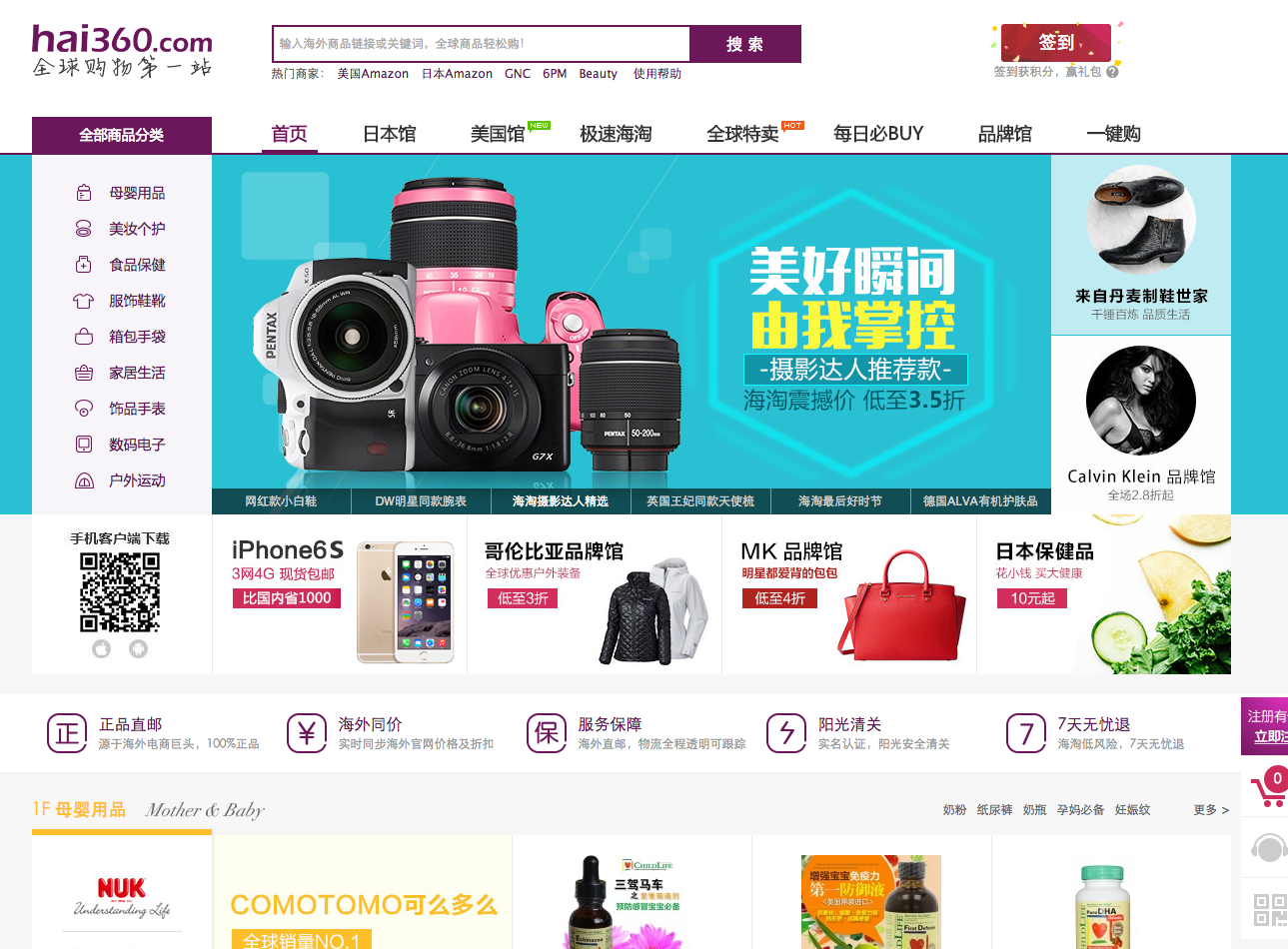
Benefits of the Direct Shipping Model:
- Authenticity Perception: Chinese consumers often prefer direct shipping because it guarantees authenticity, which is especially important for categories like luxury goods. On the other hand, a lot of Chinese customers are not familiar with the term “bonded zone”, and thus can be skeptical about it.
- Wider Product Variety: Direct shipping doesn’t limit product categories by regulatory lists (ie. the negative list), offering more flexibility since it will be delivered from your own country to your customer’s door directly.
- Lower Initial Costs: Since there’s no need to rent warehouse space, this model is ideal for businesses looking to minimize their initial investment.
Challenges of the Direct Shipping Model:
- Delivery time & cost: direct shipping can come with longer delivery times and higher shipping costs, factors that must be carefully weighed depending on the product type. Plus, the time for customs clearance will also add up.
Pick One? Why Not Pick Both?
Deciding between the Bonded Zone and Direct Shipping models depends on various factors, including your product category, target market, and business goals. For high-volume goods like baby products, the Bonded Zone Model may be the best fit. For niche, low-volume products like luxury watches, the Direct Shipping Model could be more suitable.
Many successful brands combine both models to optimize their logistics strategy based on the product category. Still not sure which model is right for your China Market Entry? Our team can help you design a cross-border logistics strategy tailored to your needs.


